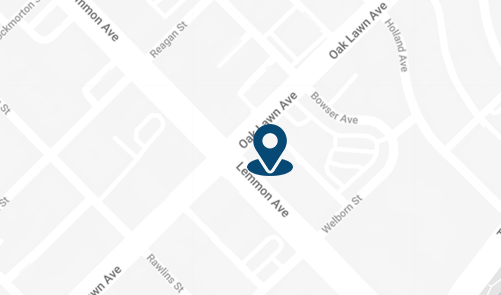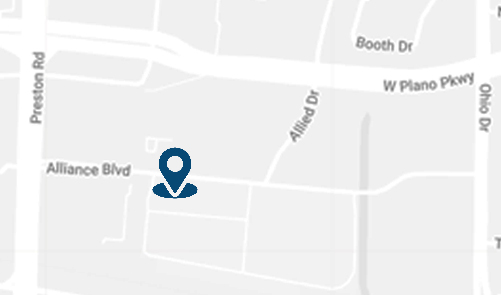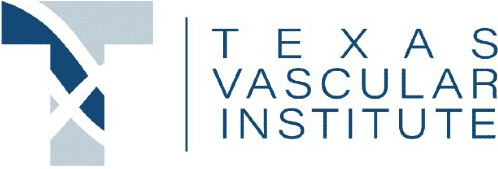By: Dr. Dev Batra | 01.30.23
It’s hard to miss varicose veins near the skin’s surface in your legs. Gnarled and bulging, blue and purple, these are an unwanted features for many people who develop them since they take away the even skin tone associated with good health.
Varicose veins aren’t always limited to cosmetics, however. These failing blood vessels can cause aches, pains, and itchiness in your legs, which may also become tired more easily. Whether you’re concerned for your appearance or physical symptoms, contact the Texas Vascular Institute for specialized varicose vein treatment. Dr. Dev Batra and his team are ready to help you.
The fight against gravity
Veins move blood back to your heart. One-way valves throughout your veins counteract the effects of gravity when blood is below heart level. These valves open with blood flow toward the heart, then close to stop reverse flow. When valves become weakened or damaged they no longer prevent backflow.
When blood pools in the vein you have a condition called venous insufficiency. This leads to varicose veins, starting a domino effect of progressive vein problems. As vein walls stretch, they pull on the next healthy valve along the vein, causing failure that allows blood to pool.
In addition to developing a large network of twisted and unsightly varicose veins, these changes may lead to potentially serious complications.

Beyond appearance — venous complications
Varicose veins and venous insufficiency create unusually high pressure in your veins while also slowing down blood flow. Over time, these two changes can cause:
Superficial thrombophlebitis
When slow blood flow damages the vein and leads to blood clotting and vein inflammation, superficial thrombophlebitis occurs. Symptoms include skin redness and localized tenderness and swelling above the affected area. While this condition seldom causes complications, it’s a sign that more serious vein problems may exist.
Spontaneous bleeding
Weakened vein walls combined with increased venous pressure make untreated varicose veins susceptible to spontaneous bleeding. Even brushing the veins against an object can break the skin and cause bleeding. In some cases, the bleeding may be extensive and difficult to stop, requiring immediate medical attention.
Stasis dermatitis
High venous pressure damages small capillaries and forces fluids out of the veins in your lower legs. As fluid infiltrates the surrounding tissues, an inflammatory skin disease that resembles eczema called stasis dermatitis develops.
A red-brown discoloration of your skin called hyperpigmentation may appear prior to the skin rash while remaining long after the rash heals. Hyperpigmentation and stasis dermatitis are often the first side effects caused by venous insufficiency.
Venous stasis ulcer
Continued venous hypertension causes leaking fluids which gradually break down your skin, creating a wound called a venous stasis ulcer. This type of ulcer begins as a shallow, painful area, usually over your ankle bone.
Venous stasis ulcers heal poorly. An ulcer can last 9 months or longer and recur frequently after healing. The longer the ulcer takes to heal, the more likely it is to enlarge, become inflamed, and cause an infection.

Lipodermatosclerosis
Lipodermatosclerosis is another skin condition that develops due to venous insufficiency. This causes thickened and discolored skin, pain, itching, and inflammation that can involve your foot and entire lower leg. Lipodermatosclerosis may affect one or both legs, where it often coexists with venous ulcers.
Deep vein thrombosis (DVT)
DVT is a blood clot that develops in a deep varicose leg vein. Should a clot break loose and travel to your lungs it can block an artery and cause a life-threatening pulmonary embolism.
There are plenty of reasons to seek medical treatment for your varicose veins. Contact Texas Vascular Institute at 972-646-8346 or book an appointment through the online scheduling link. There’s more than simply your appearance to consider, so book your examination today.
Read more blogs
Why Are My Veins Blue?
Wondering why your veins look blue under your skin? Learn the science behind vein color, how light affects what you see, and what it means for your health.
10 Warning Signs Of Poor Circulation And How To Fix It
Have you ever noticed your feet always feel cold, or your legs cramp up when walking? These could be warning signs of poor circulation, a condition that can impact your daily life and overall health.
Leg Pain Keeping You Up at Night?
Are restless, aching legs keeping you from a good night’s sleep? Nighttime leg pain can interfere with your rest, affecting your health, mood, and ability to take on daily activities. While there can be various causes, nighttime leg pain - especially when accompanied by feelings of heaviness, throbbing, or itchiness - could point to a vein issue.
WHAT OUR PATIENTS
have to say
Texas Vascular Institute always appreciates feedback from our valued patients. To date, we’re thrilled to have collected 378 reviews with an average rating of 5 out of 5 stars. Please read what others are saying about Texas Vascular Institute below, and as always, we would love to collect your feedback.
Leave a Review
Amazing Practice
I'm very particular with my Healthcare and tend to be cautious with referrals to specialists. This office is amazing from the first point of contact. Their staff are friendly, professional and highly knowledgeable. Then the Dr is just as amazing as his staff, absolutely brilliant. Office manager Jessica has this office running like a well oiled machine and does so with a smile, an air of confidence, kindness and professionalism. Love this practice!!
- Richard G.

Beyond Thankful
Dr Batra and his staff are amazing! We are so grateful to have found him. Everyone is so kind and so caring and Dr Batra explains everything so well and does procedures with excellence. Beyond thankful to be under their care!!!
- Bitsy P.

Gold Standard
This is a gold standard for how a medical practice should be run. I was promptly seen at my scheduled time, my ultrasound was thorough and I received plenty of attention and care from the staff and Dr.Batra.
- Weronika L.
INSURANCE
We accept most major insurance plans. Please contact the medical office for all insurance related questions.









8330 Meadow Rd #100
Dallas, TX 75231
For Appointments: 972-798-4710
General Inquiries: 972-646-8346

809 West Harwood Rd, Suite 101,
Hurst, TX 76054
For Appointments: 972-798-4710
General Inquiries: 972-646-8346

4716 Alliance Blvd Suite #180,
Plano, TX 75093
For Appointments: 972-798-4710
General Inquiries: 972-646-8346

